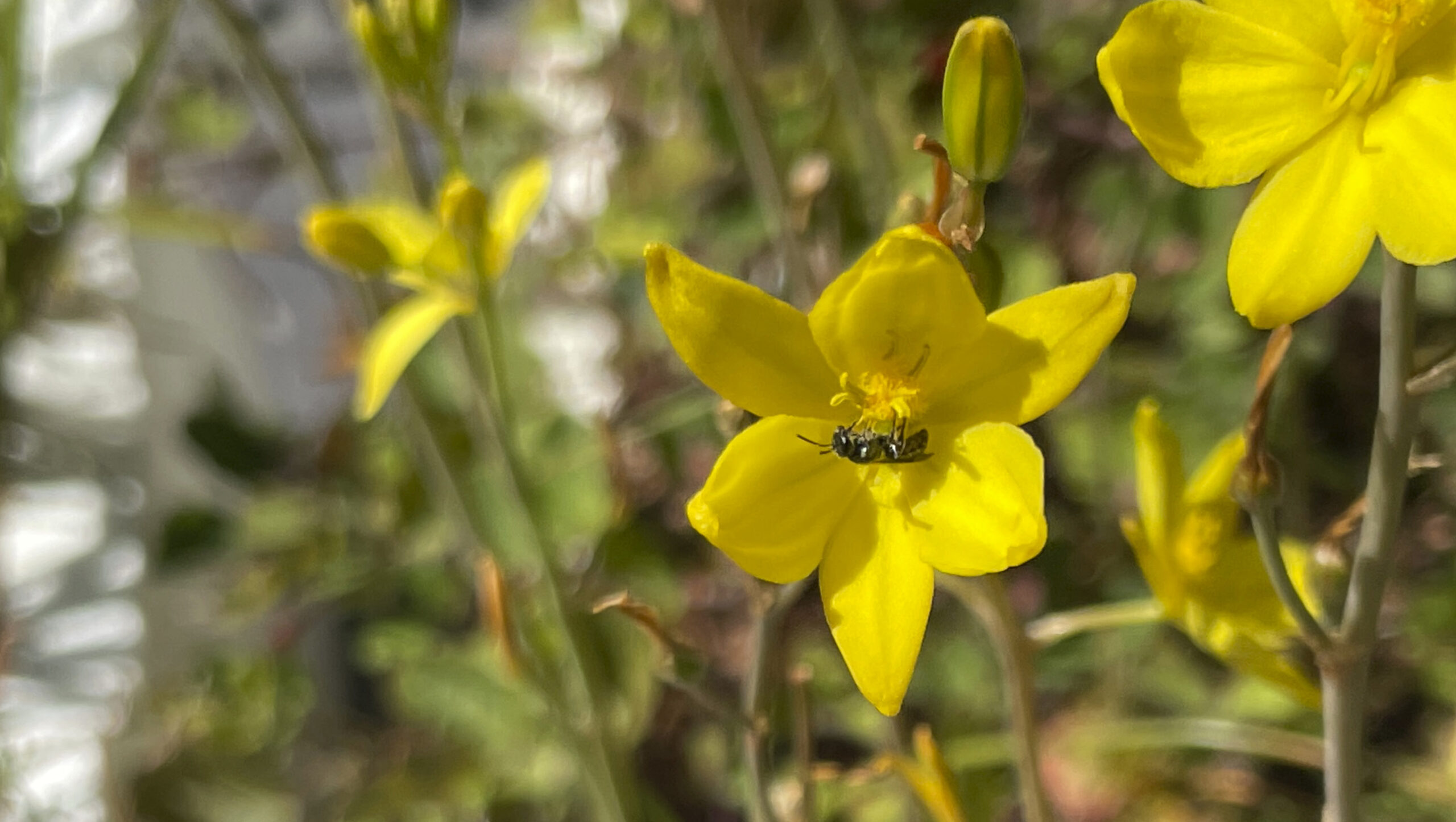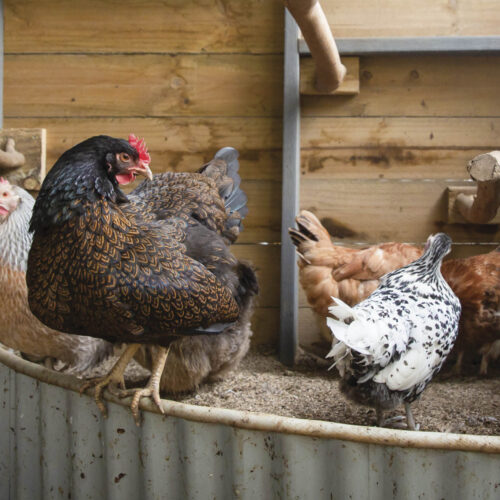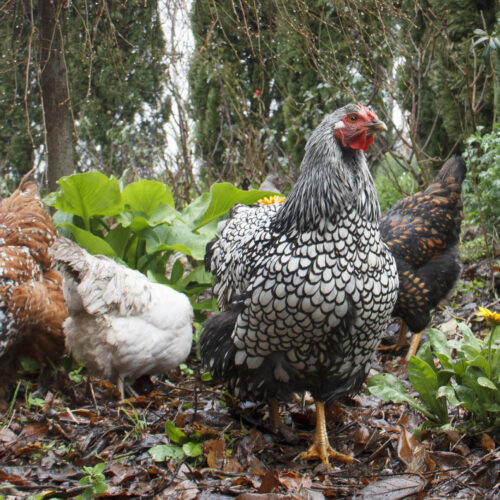Encouraging native bees
2022-01-05T22:27:40+11:00
If you follow these basic principles in your garden, native bees and other beneficial insects will know they’re welcome, writes Karen Sutherland.
So much goes on in our garden that we don’t know about. In quiet moments, in flowers and shrubs, often unseen insects are buzzing around, pollinating, eating other bugs, serving as food for larger creatures such as lizards and birds, being a valuable part of our local environment and also part of the wider biosphere.
Few of us can recognise many native bees, and yet there are more than 1700 different native bees in Australia! I learned some more recently after putting out a welcome sign with a bee hotel in my shady front garden, when a few wasp-mimicking bees moved in, making their presence known with their intricately spun front door curtains.
Like other organic gardening, if you follow good basic principles, mostly things will turn out all right. You don’t have to know every insect, what they like to eat or where they like to live, but if you adopt these ideas in your garden, native bees and other beneficial insects will know they’re welcome.
Firstly, avoid the use of pesticides and provide fresh water with floating sticks for bees to safely drink. Then, include lots of different coloured flowers in your garden, making sure there’s flowers throughout the year, that will provide nectar and pollen as food sources.
You can do this with non-native flowers, but if you choose to plant native plants, particularly local native plants, indigenous to your area, you also add to local wildlife corridors, and may even be supplying plants that local insects need for their survival. For instance, in the northern suburbs of Melbourne, along the Merri Creek, conservationists have been planting a little known flax lily, Dianella amoena, known as matted flax lily, important to local blue-banded bees.
Here’s a range of flowering native plants to grow that are great for native bees as well as other insects.
- Native daises, including cut -leaf daisies (Brachyscome) and everlasting daises (Bracteantha).
- The nectar rich flowers of Eucalypts, such as coral gum (E. torquata), fuchsia gum (E. forrestiana) or the dwarf form of the red-flowering gum, E. leucoxylon ‘Euky Dwarf’, all great for smaller gardens.
- Grevilleas come in a range of sizes, from ground covers to trees, and have nectar rich flowers.
- Bottlebrushes (Callistemon) are full of delicious nectar in their white, pink, or red flowers.
- Tea-trees (Leptospermum) have masses of small flowers that bring in the bees.
- Honey myrtles (Melaleuca) vary between small shrubs to large trees, all featuring fluffy flowers with attractive pollen.
- Native rosemary (Westringia) is not edible to us humans, but its abundant flowers are attractive to teddy bear and blue banded bees amongst others.
To find our which native bees are in your local area, consult the map created by Aussie Bee.
To learn about balancing native bees and other bees in our environment, check out this guide created by Valley Bees.






